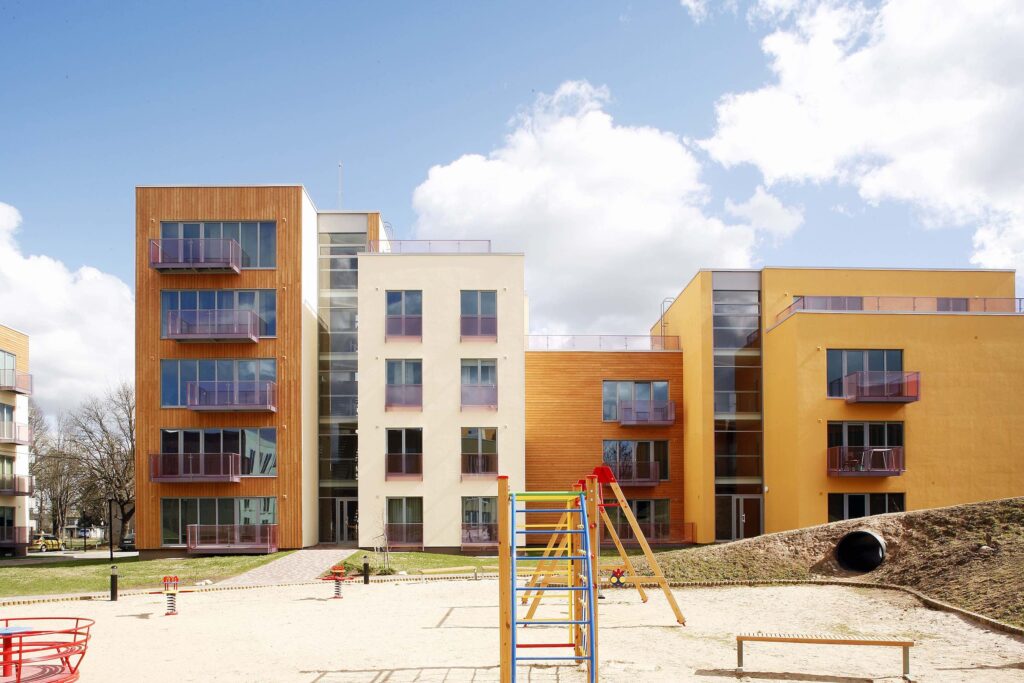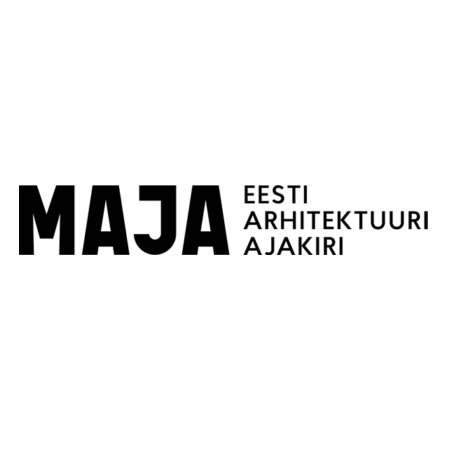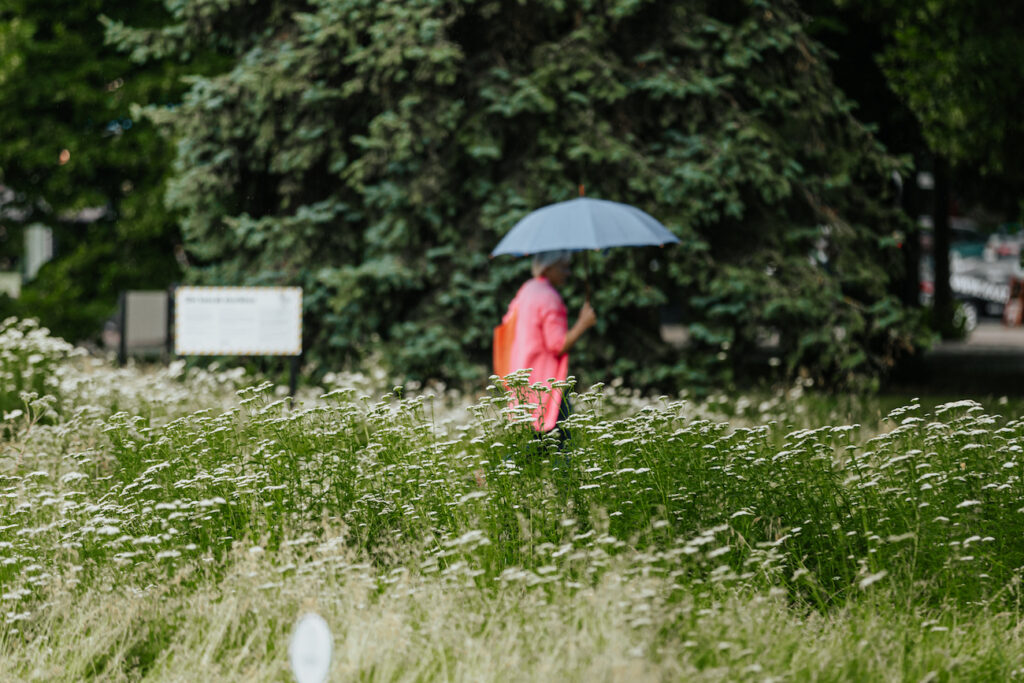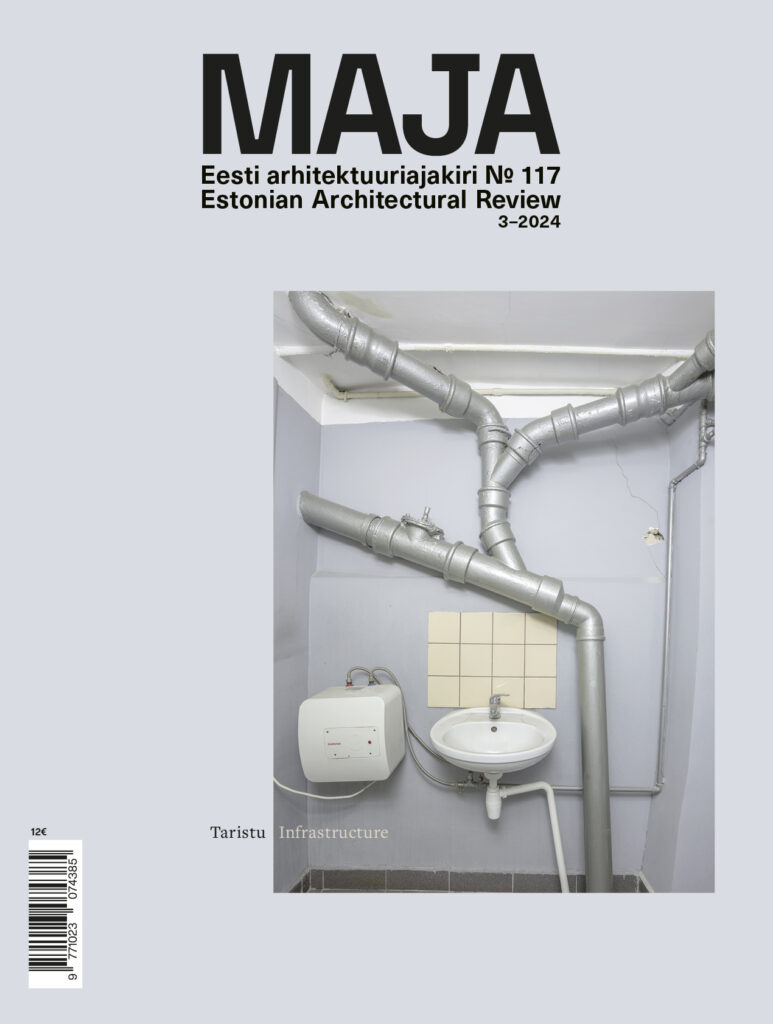The trio of landscape architects in Tartu represent the new obstinate generation who believe in nature’s power of self-organisation and assure that their cooperation will persist until Estonia is entirely covered with a high-quality public thicket.
Elo Kiivet revisits Tulbi-Veeriku quarter in Tartu where the friction between these two dimensions has given rise to one of the most praised new neighbourhoods of early noughties in Estonia.
Community-led housing development is leading the way from speculati ve to non-profit housing construction models. Eneli Kleemann and Helena Rummo discuss the spatial possibilities that come with it.
What is surprising and innovative about Fahle Park Gallery Street compared to earlier reconstructions of industrial architecture?
The Rotermann Quarter was the first ambitious attempt in independent Estonia to create a comprehensive and architecturally high-level urban space. 20 years have passed since the confirmation of the zoning plan that underlies the development of the area. Urbanist Mattias Malk examines what lessons could be drawn from the formation of this emblematic and groundbreaking space.
Healthy Streets in Tartu is a guideline providing help for city officials or specialists working on spatial design.
Spatial design of a city is not a project with a clear beginning and end, but a continuous process, and a wickedly slow one at that.
The nominees and winners of this year’s Maja and Sirp Publication Award were selected by historian, cultural critic and assistant professor at the University of Southern California Aro Velmet, who highlighted the articles’ bold takes on broader social issues.
The Curated Biodiversity landscape laboratory in Tartu has organised six experiments so far. Running a small operation, we might not be able to change the world at the snap of a finger, but we can start with what we can handle.
No more posts














